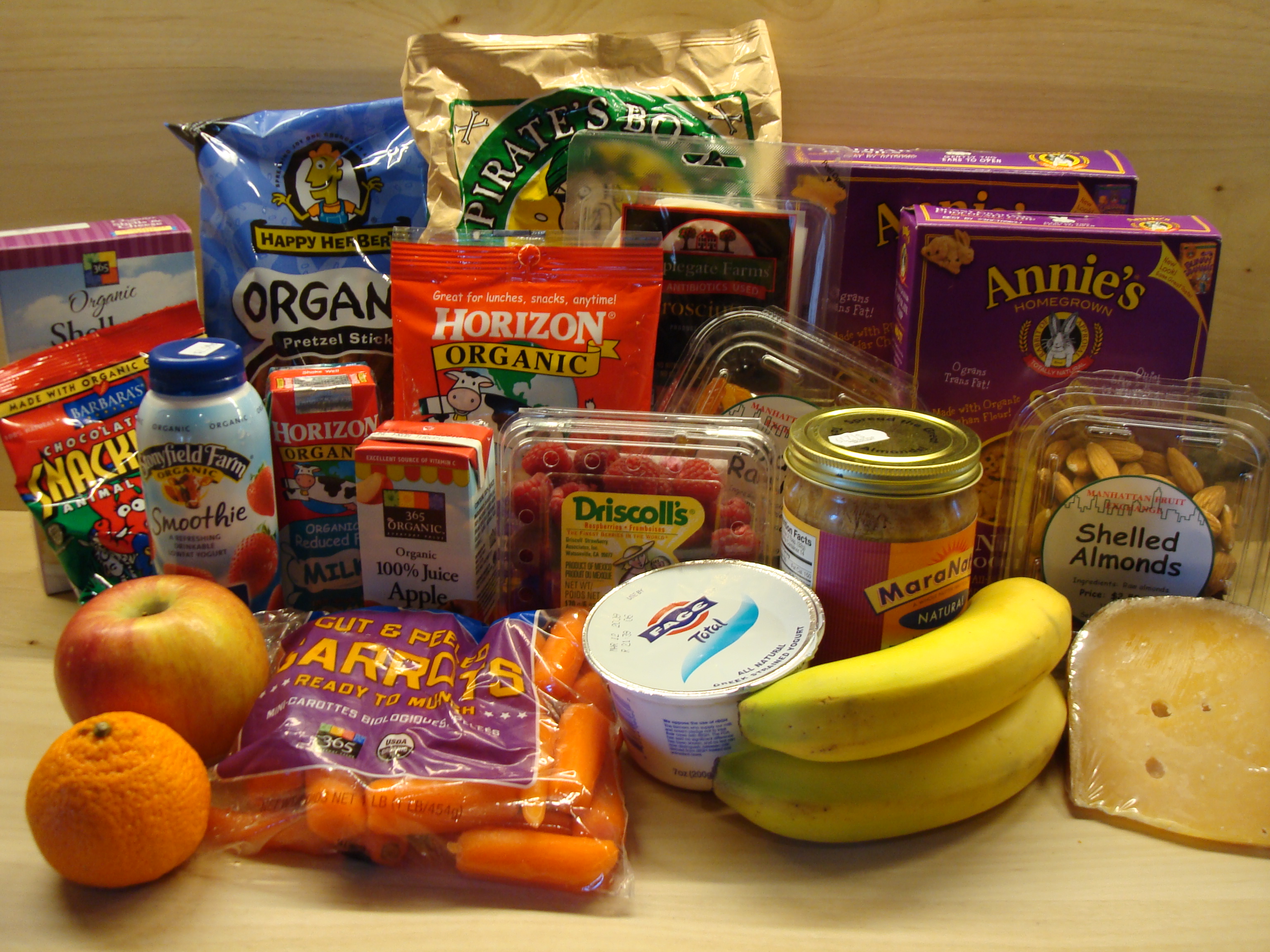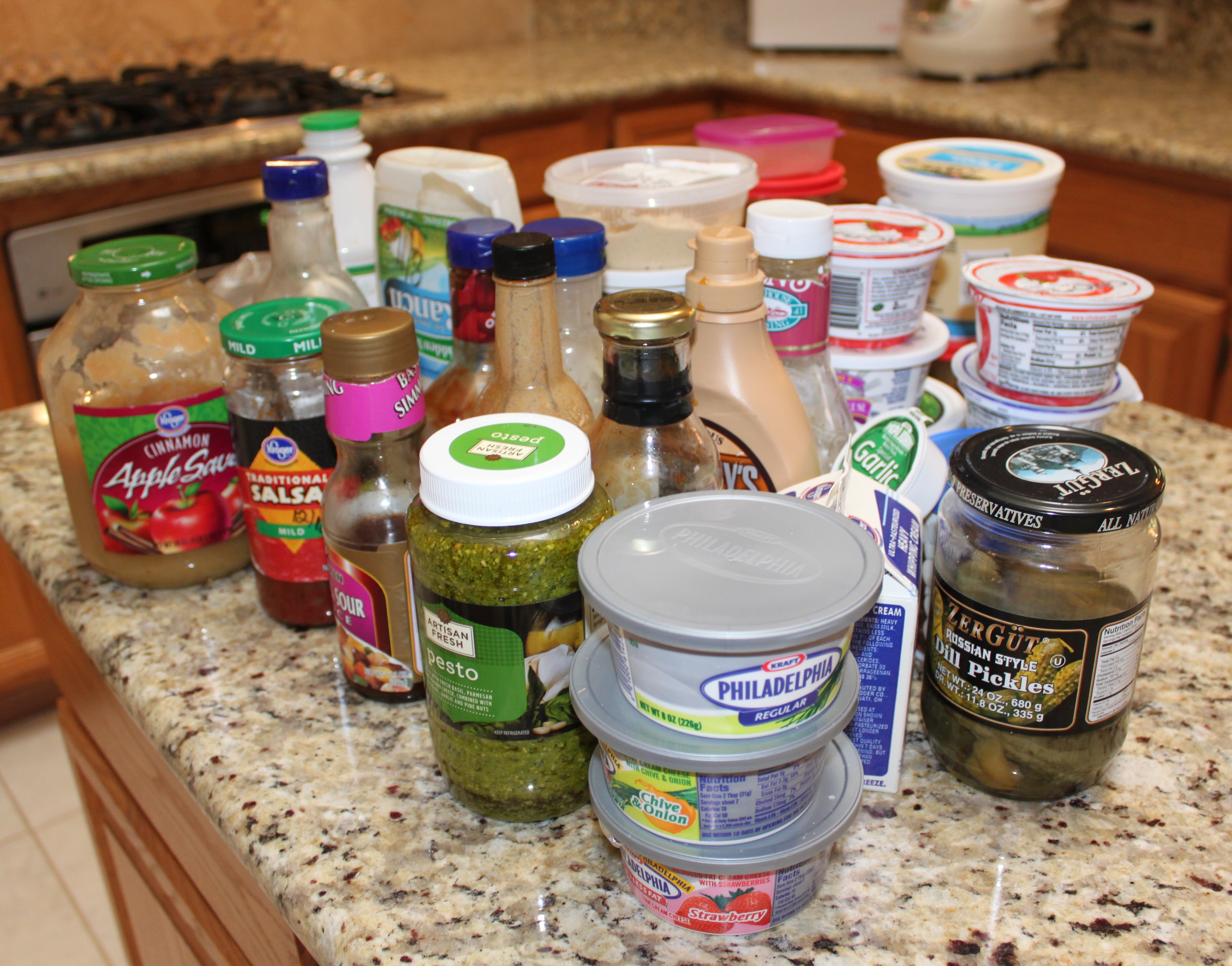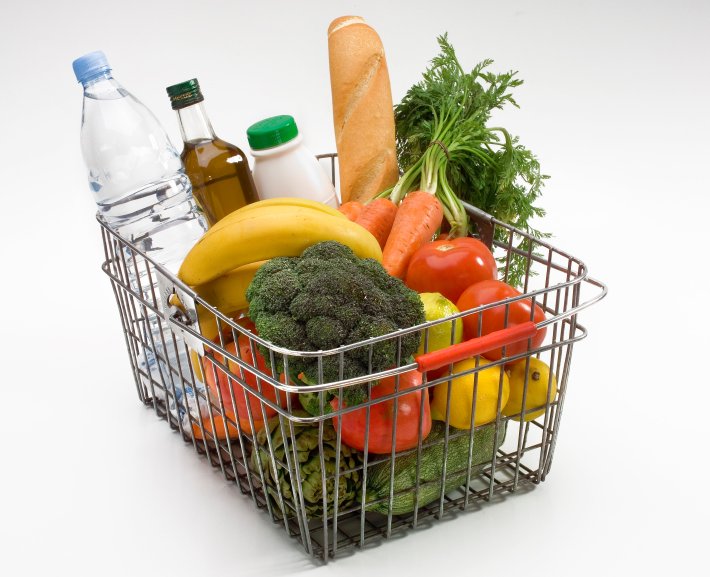How to organise a fridge – eight tips for a more efficient kitchen
February 11th, 2013
Is the inside of your fridge a bit of a shambles? It’s all too easy for mess to build up in a fridge that’s seen a lot of use, until it eventually starts to resemble a dumping ground for half-finished foodstuffs.
 If your fridge is so messy that it starts attracting cats, you may have a problem…
If your fridge is so messy that it starts attracting cats, you may have a problem…
But even if you replace your old fridge with a new and improved large-capacity model from Appliances Online, if you keep using it in the same way as you did your old one, the cycle will just repeat anew, wasting your time, effort and expense.
Here are some tips on cleaning and organising a fridge to help you develop some new good habits to replace the old bad ones.
Start with a clean slate… or rather, clean fridge
If you’ve bought a new fridge, you’ll already have a pristine environment in which to work. But if you’re trying to bring some order to an old one, you’ll need to give it a clean first.
Unplug your fridge and take all of the food out (keep an esky standing by to hold the frozen foods for a while). This is also a great time to give the freezer a manual defrost as well – it should run much more efficiently afterwards, without that thick build-up of ice.
Remove the shelves and drawers and give them a good wiping down, and clean off any food splashes and stains on the inside of your fridge.
Assess your ingredients
Take a look at all the stuff you pulled out of the fridge. Check the use-by dates and get rid of anything that’s looking or smelling a bit off.
Once that’s done, cast a critical eye over what’s left and ask yourself if this REALLY needs to be part of the new fridge order. It has been argued that many items, such as chocolate, tomato sauce, eggs and bananas, can theoretically be stored in the cupboard if they’re taking up valuable fridge space (though as a rule, most foods tend to last for longer in the fridge than out of it).
Also, remove any doubles of items, storing them elsewhere or disposing of them as required. Wait until that jar of mayonnaise is empty before buying a replacement – the backup jar will just take up space, otherwise.
Make a cunning plan
“A place for everything, and everything in its place” should be the motto of your fridge. Get a magnet with this old saying engraved on it, or embroider it onto your tea towels.
 How the fridge is organised over at theglamoroushousewife.com
How the fridge is organised over at theglamoroushousewife.com
According to thekitchn.com, professional kitchens “organize their fridges with food safety in mind, storing cold foods according to their cooking temperature.”
“From top to bottom, you’ll find prepared foods that will be served cold or re-heated; then whole cuts of meat and fish; then ground meat; and finally, chicken and other poultry on the very bottom. Since each shelf of food is cooked to a progressively higher temperature, any cross contamination through dripping from above is taken care of during cooking.”
With this in mind, a suggested system for organising a fridge is to keep foods that are ready to eat, such as cooked leftovers, at the top of your fridge, and raw ingredients below, making sure to keep the raw meat well-separated from the fruits and veggies, using plates or containers to catch potential drips if required.
However, as every fridge is different, and every household has different dietary needs, there’s no “best” way to organise a fridge – there are too many factors to consider. The most important thing is to HAVE a system – place the ingredients you use the most in the positions where you can use them the most effectively, and try to make sure they stay there!
Clean and clever compartments
If you’re having trouble keeping everything organised in your fridge, or if certain members of your household need reminders about how the new fridge system is meant to work, think about investing in some plastic boxes, drawers and/or bottle racks and labelling each one according to its purpose.
Choose containers of clear plastic if possible, so you can see what’s available inside at a glance.
Keep your favourites in the door, within easy reach
Make a lot of omelettes? Keep the eggs in the door of your fridge so you can grab one without having to rummage through other food. Like a drop of the good stuff? Those door-mounted bottle racks may be just what you need.
 The owner of this fridge must love bottled water…
The owner of this fridge must love bottled water…
Anything you use on a regular basis, from condiments to favourite ingredients, can usually be kept in your fridge door’s storage spaces, to ensure they’re available and in easy reach as soon as you open up the fridge. Some newer fridges (such as this one from LG) include “door in door” access so you can grab a favourite item such as a can of drink stored in the door without having to open up the whole fridge. Convenient!
Sort by height
Remember those school photos where they’d line everyone up in order of height, so that the big kids could loom at the back over the little kids at the front? Try to arrange the food in your fridge the same way.
 All that’s missing is that one kid making a face. There’s always one…
All that’s missing is that one kid making a face. There’s always one…
With the taller items at the back and the smaller ones at the front, you won’t end up with the problem of being unable to find that cheese hidden behind the two-litre orange juice bottles.
Use space efficiently, but leave room to breathe
We’ve talked before about how a full fridge is an efficient fridge (that may help save you money on your power bill), as the more items you keep in there, the less air there is for the compressor to try and keep cool. However, there is a limit.
 This fridge is a bit on the full side.
This fridge is a bit on the full side.
Packing the whole fridge up to the gills and using every inch of available space will leave no room for the air to circulate around your items. As a result, some of your refrigerated items may end up freezing cold while others are only slightly cool, and your fridge may actually end up using MORE power as it tries to maintain its set temperature.
Shop with the fridge in mind
If possible, before you go to the supermarket, check in the fridge first. Plan what items need replacing, what needs to be added, and where it should all fit in terms of your system. If you don’t have room, either make some room or don’t buy it.
Keeping you fridge in mind while shopping should hopefully mean that you won’t accidentally buy a lot of stuff on a whim and have nowhere for it to go when you get home other than stuffing it into place.





Leave a Reply